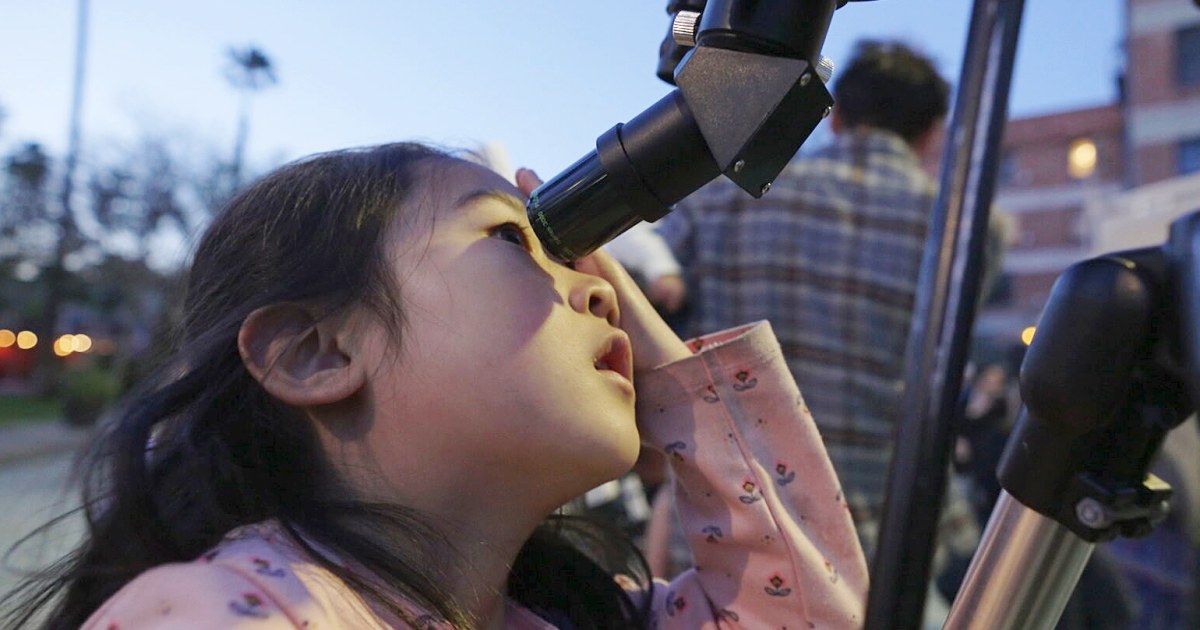
Cranes
In space and astronautical engineering, cranes refer to the mechanical devices used for lifting and moving heavy objects in space. Cranes are essential for assembling and maintaining space stations, launching and retrieving spacecraft, and moving payloads on and off vehicles. Due to the microgravity environment in space, cranes must be designed to operate without the aid of gravity, which requires specialized engineering and control systems. Cranes used in space are typically robotic and remotely operated, with advanced sensors and cameras to provide feedback to the operators on Earth. The materials used in space cranes must also be carefully selected to withstand the harsh environment of space, including extreme temperatures, radiation, and vacuum conditions.
Your Previous Searches
Random Picks
- Silicate Rocks: Silicate rocks are a type of rock that are primarily composed of silicate minerals, which are compounds containing silicon, oxygen, and other elements such as aluminum, magnesium, and iron. These rocks are abundant in the Earth's crust and ... Read More >>
- Fabrication: Fabrication in space and astronautical engineering refers to the process of creating or constructing spacecraft, satellites, and other space-related hardware. This process involves the design, development, testing, and production of various ... Read More >>
- Interceptors: Interceptors are spacecraft designed to intercept and destroy incoming enemy missiles or satellites. They are equipped with advanced sensors, guidance systems, and propulsion systems that enable them to track and intercept targets in space. ... Read More >>
Top News

Easter's date remains divisive. Some church leaders want that to change...
Eastern and Western churches will celebrate Easter on the same day this year, while marking 1,700 years since the Council of Nicaea unified Christian doctrine...
News Source: ABC News on 2025-04-19

In a city of stars, Los Angeles astronomy club makes sure to keep looking up...
LOS ANGELES — While Los Angeles is home to the biggest stars in the world, a monthly get-together is proving that the city’s rich and famous have nothing on the universe....
News Source: NBC News on 2025-04-18

This week on "Sunday Morning" (April 20)...
A look at the features for this week's broadcast of the Emmy-winning program, hosted by Jane Pauley....
News Source: CBS News on 2025-04-17

Scientists detect strongest hints yet of life on a distant planet...
Scientists have detected unique chemical patterns similar to those produced by the Earth's algae and seaweed — raising the possibility of the presence of a warm ocean, perhaps teeming with life, on ...
News Source: NBC News on 2025-04-17

Is there life on another planet? Scientists find the strongest evidence yet...
Near a planet far, far away astronomers have found traces of chemicals that on Earth are only produced by living beings....
News Source: Al Jazeera English on 2025-04-17